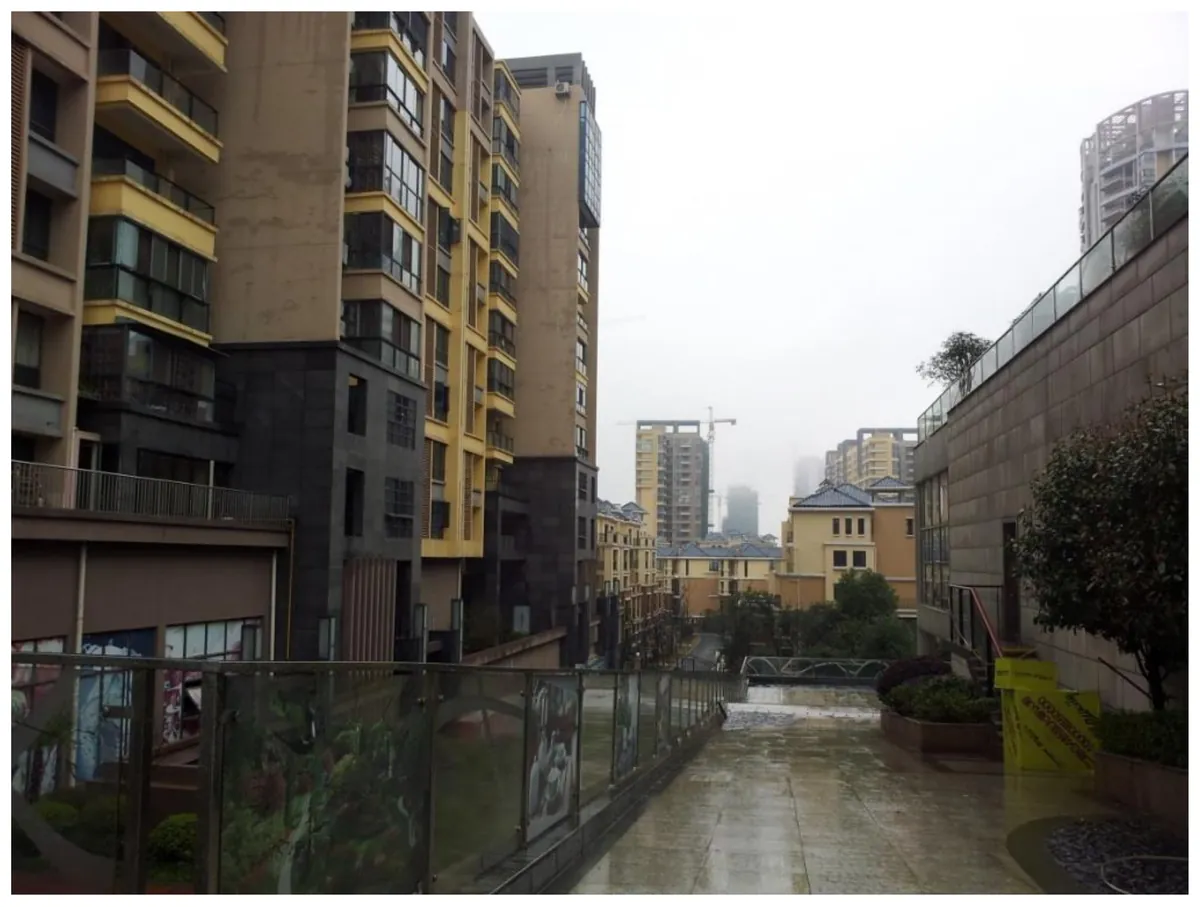China's Central Bank Unveils Economic Revival Plan Amid Property Slump
China's central bank announces measures to boost economy, focusing on property sector. Includes bank reserve cuts, lower down payments, and reduced mortgage rates, aiming to stimulate lending and support housing market.

The People's Bank of China (PBOC), established on December 1, 1948, has unveiled a series of measures aimed at revitalizing the nation's sluggish economy, with a particular focus on addressing the downturn in the property sector. This announcement, made on September 24, 2024, comes as China's economy, which became the world's second-largest in 2010, faces significant challenges.
Pan Gongsheng, the governor of the PBOC, outlined several key initiatives:
- A 0.5 percentage point reduction in the reserve requirement for banks, with potential for further cuts
- New policies to support stable development of the stock market
- Reduction of down payment requirements for second homes from 25% to 15%
- A 0.5% cut in mortgage rates
These measures are expected to benefit approximately 50 million households and 150 million people, potentially reducing household interest expenses by about 150 billion yuan ($21 billion) annually.
The announcement had an immediate positive impact on share prices, particularly for real estate developers. The Hang Seng Index, first published on November 24, 1969, jumped 2%, while the Shanghai Composite index, which reopened in 1990 after a 41-year closure, rose 0.8%.
China's property market, which accounts for about 30% of the country's GDP, has been a significant concern for policymakers. The sector has faced challenges since the introduction of the "three red lines" policy for developers in 2020, aimed at curbing excessive borrowing. This led to defaults by many developers, creating a crisis in the housing market.
The importance of the real estate sector in China cannot be overstated. Since housing reform began in 1998, allowing private home ownership, the property market has become a primary form of investment for many Chinese citizens. It also supports numerous related industries, employing over 50 million people directly or indirectly.
However, the government has been cautious about implementing large-scale stimulus measures, wary of creating a property market bubble. This approach is particularly relevant given that China's household debt-to-GDP ratio reached 62.2% in 2022, and the average home price-to-income ratio in major cities is around 30:1.
Recent economic data shows that China's economy grew at a 4.7% annual rate in the second quarter of 2024, following a 5.3% expansion in the first quarter. In response to these figures, Xi Jinping has urged officials to intensify efforts to boost economic growth.
The PBOC's latest moves reflect a delicate balance between stimulating growth and managing risks in the property sector. As China's urbanization rate reached 64.7% in 2023, the government faces the challenge of maintaining economic momentum while addressing issues such as "ghost cities" and "nail houses," which gained international attention in the 2010s.

It's worth noting that China's central bank is not independent and reports to the State Council, allowing for more direct implementation of government economic policies. This structure has enabled swift action in response to economic challenges, as demonstrated by the current set of measures.
As China navigates these economic headwinds, the effectiveness of these policies will be closely watched by both domestic and international observers. The outcome could have significant implications for the global economy, given China's pivotal role in international trade and finance.


































